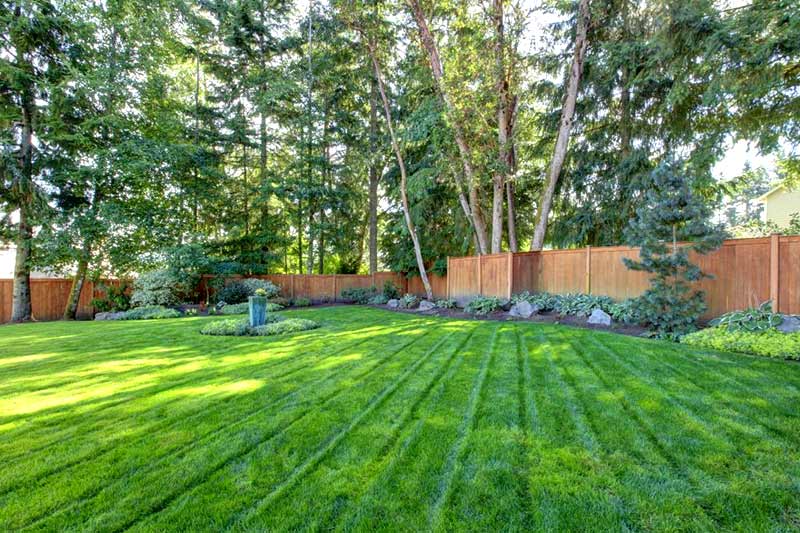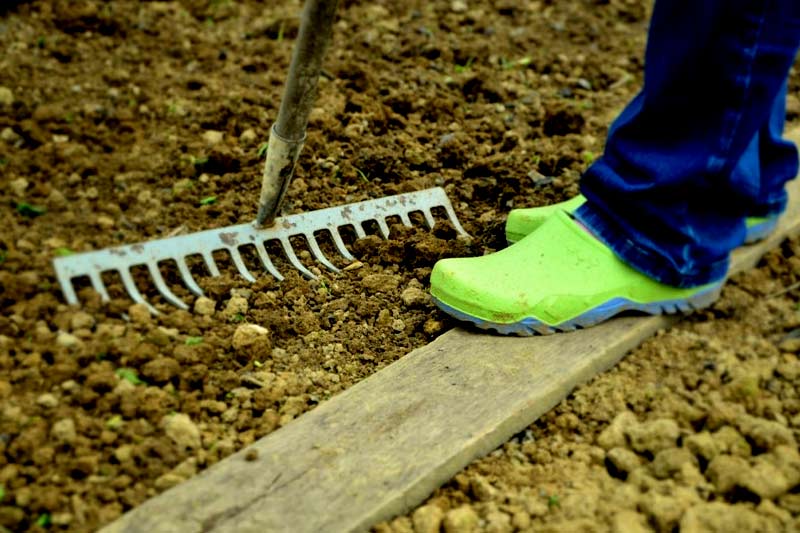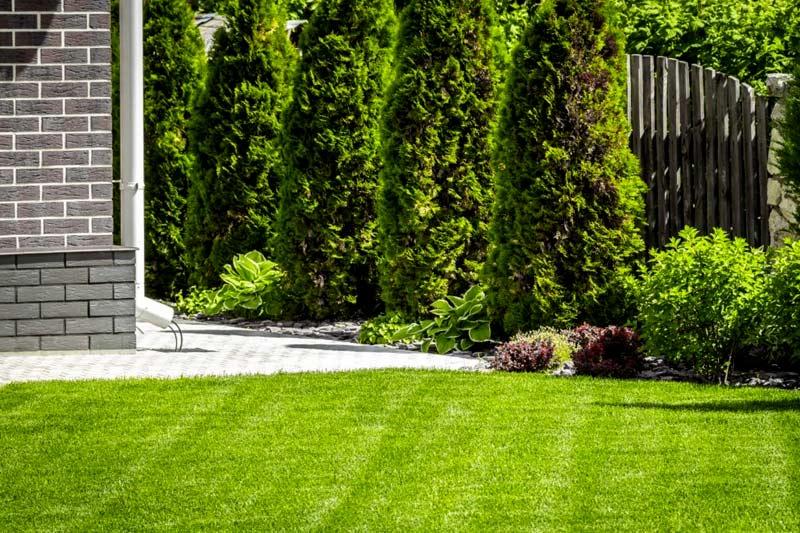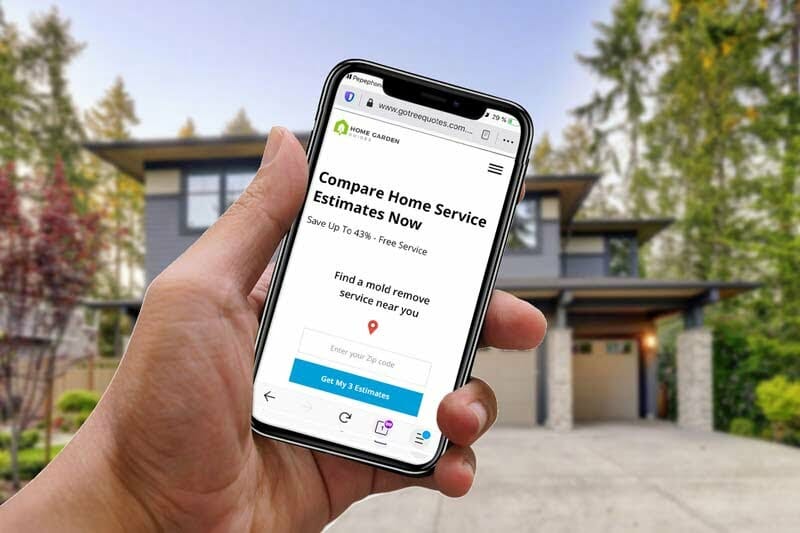Does the presence of nutrients, water, soil enhancers, and mulch within hydroseeding imply that there’s no need for topsoil for it to work effectively?
While you can technically hydroseed without topsoil, you won’t get the best results. This is because high-quality topsoil ensures that the newly planted grass has the best landing spot. It guarantees that the grass will have easy access to nutrients, moisture, and support. Failing to provide at least 4 inches of topsoil will reduce the odds of getting a healthy and aesthetically pleasing lawn.
Here is what you should know.

What is the benefit of topsoil when hydroseeding?
While hydroseeding ensures that grass seeds have the optimum environment needed to germinate and thrive, it is not enough.
The seeds have to sink their roots into the soil. They also need the soil for support. And eventually, they will need to get their nutrients and moisture from the soil. This makes using topsoil very important.
The following are the reasons why you should always consider using at least 4 inches of topsoil when hydroseeding.
It ensures proper aeration
Good topsoil is well aerated. This means that when the grass starts to grow, its roots will have an easier time breathing. Proper aeration will also support the organisms that break down organic matter and promote healthier soils.
A combination of these two things will guarantee a healthier and aesthetically pleasing lawn.
It ensures sufficient nutrient supply
Topsoil that is used for hydroseeding is usually adjusted to meet the nutrient requirements of the grass that has to be planted in the area.
It often contains the nutrients and soil amendments that are necessary to support the establishment of your lawn. And there is also the fact that it supports better root penetration — which makes it easier for the grass to get all the nutrients that it needs on its own.
It creates ideal pH for germination
Soil pH determines the organic activity level that is possible in an area. It also affects nutrient availability in the soil. And given that different grass types require different pH levels in order to thrive, using topsoil that has already been tested will give the best chances of ending up with a healthy lawn.
It supports deeper root penetration
Loamy topsoils are loose enough to allow easier root penetration. They also allow moisture and air penetration. These are two things that guarantee faster and deeper root growth. And so if you want a healthier lawn, opting for loamy topsoil is something that you should consider.
What preparation is needed for hydroseeding?
Using topsoil is just one of the things that you should do in order to prepare the soil for hydroseeding. Here are some of the other things that you should do before your yard can be ready for hydroseeding.
Remove debris
Debris like rocks, stumps, leaves, twigs, and inorganic material, take up space. It can keep grass seeds from getting in contact with the soil. It can also suffocate germinating grass seeds. Getting rid of any debris from your lawn should thus be among the first steps that you take.
Till
Tilling loosens the soil. This is essential to establishing a healthy lawn as it allows for easier and better root penetration. Also, it improves drainage and makes it easier for useful organisms to survive.
You should till the soil until you have at least 2 inches of loose and healthy soil. And if the soil structure in your area does not allow for it, give the tilled area a boost by covering it with an extra layer of healthy topsoil.
Perform a soil test
Soil pH plays a significant role in determining soil fertility, organic activity, and nutrient availability.
Knowing your soil’s pH will also give you an idea of the steps that you will have to take in order to give your grass the best chance to survive. It may also play a part in helping you to choose the type of grass to use on your lawn.
Therefore, before making any significant commitment, you need to conduct a soil test. Depending on the results that you get, you can then decide whether you need to correct the pH.
Remove weeds
Weeds will compete with growing grass for nutrients and space. Killing any unwanted vegetation before hydroseeding will ensure that your grass has a better chance of thriving. Therefore, herbicide application should be done before hydroseed application.
Improve the soil
After the soil test, it is now time to optimize the soil for grass growth. This may include:
- Adding organic matter
- Additional tilling to mix the organic matter with the soil
- Adding fertilizer
- Raking in order to smooth the area
- Leveling the area to keep the seeds from rolling out of place. It will also reduce the chances of the seeds getting washed away
- Rolling it in order to pack the soil lightly
- Watering it
After you are done, the soil is now ready for hydroseeding.

Should you roll topsoil before hydroseeding?
Yes, you should roll topsoil before hydroseeding. This is especially so if you have added 3 inches or more of topsoil.
Rolling will firm the topsoil. This will ensure that the hydroseed has a firm base on which it can sink its roots.
It will also reveal any uneven spots that need to be filled with more topsoil. As a result, rolling can enhance the final appearance of your lawn as it will guarantee a consistent and healthy lawn.
Can you hydroseed over existing grass?
Hydroseeding over existing grass is a bad idea.
Why? Because existing grass will keep the seeds from getting in contact with the soil. The seeds will also have to compete for moisture and sunlight with already existing grass, something that will make it harder for them to not only thrive but also survive.
Most lawn care companies do not hydroseed over existing grass. Generally, they prefer to hydroseed over areas that have been properly prepped for hydroseeding. This means lawns whose soil has been turned over, tilled, graded, and leveled.
In fact, they often ensure that areas have at least 4 inches of topsoil before they apply hydroseed.

Use this free service to find a lawn expert near you
If you need help hydroseeding your lawn, you can use this site.
HomeGardenGuides.com is a FREE service that puts you in contact with qualified professionals in your area.
Here is how it works.
- You scroll to the top of the page and enter your Zip code.
- Answer questions about your needs and preferences
- Your details will be forwarded to three local experts.
- You will then receive a price estimate – in writing – for the job and some friendly advice.
IMPORTANT: There is no obligation to hire. This is a free tool and service to be used at your pleasure.

FAQ's
The best time of the year for hydroseeding is early spring. During this period, the ground is moist. The temperatures are also warm. The combination of warmth and moisture will foster faster seed germination, allow for deeper roots, and boost the chances of ending up with an attractive lawn.
However, if you have missed the early spring window, you can also hydroseed in fall. The moderate fall temperatures and moisture supply will also foster a healthy lawn installation.
But you should always avoid seasons with extreme weather conditions like summer and winter.
Generally, hydroseed does not hurt dogs. It is usually safe for pets. This includes dogs. Therefore, your dog can walk on it or lie on it without getting harmed.
But if your dog ingests a significant amount of hydroseed, the dog may show symptoms. These symptoms may include diarrhea and vomiting. However, this is something that is unlikely to happen.
No, hydroseed is not toxic. It usually contains ingredients and chemicals that are completely biodegradable and safe for the environment. Furthermore, most hydroseed mixes are approved for both residential and commercial use. It is considered to be generally nontoxic.
No, hydroseed is not bad for the environment. The mulch, fertilizer, and soil amendments that it contains are completely biodegradable. It is also nontoxic.
In fact, hydroseed is good for the environment. This is because it can be applied to erosion-prone areas and can thus be used in erosion management. And since it requires less watering than traditional seeding, it helps in water conservation.
Hydroseeding is more expensive than traditional seeding. It requires the use of hydroseeders, something that limits its applicability especially when it comes to remote areas. And it is not as DIY-friendly as other methods of lawn establishment.






